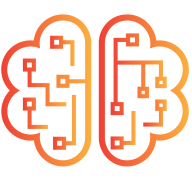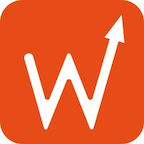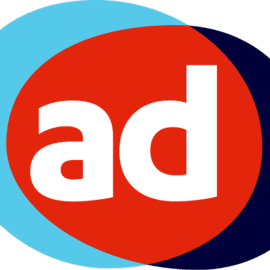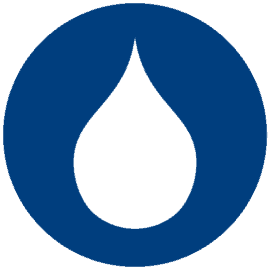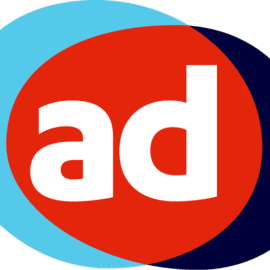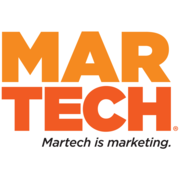Meta's AI advertising gamble: Brand control versus algorithmic efficiency
Meta's aggressive push toward fully automated advertising has ignited fierce industry debate.

The company's Advantage+ suite now handles targeting, creative optimization, placements, and budget allocation with minimal human oversight—and as of 2025, it's increasingly the default, not optional. While Meta reports a $20 billion annual run rate and 22% ROAS improvements, prominent advertising experts warn of "brand damage at scale," citing documented failures including demographic mismatches, budget catastrophes, and creative disasters. The core tension: Meta's system delivers measurable efficiency gains for many advertisers, but at the cost of transparency and control that brands historically considered essential to protecting their identity.
This controversy crystallized in May 2025 when Mark Zuckerberg described his vision for complete automation: businesses would "connect to your bank account, you don't need any creative, you don't need any targeting demographic." Industry reaction was swift and negative, with agency executives calling the approach "moderate condescension to active antagonism." The fundamental question remains whether AI-powered advertising represents the democratization of sophisticated marketing or an existential threat to brand stewardship.
Subscribe PPC Land newsletter ✉️ for similar stories like this one. Receive the news every day in your inbox. Free of ads. 10 USD per year.
What Meta is actually doing: The mechanics of Advantage+ automation
Meta's Advantage+ represents a fundamental architectural shift in how advertising campaigns function. Launched in August 2022 as a response to Apple's iOS 14.5 privacy changes, the system has evolved from an optional feature into the default campaign structure for sales, leads, and app objectives. At its foundation sits Andromeda, Meta's next-generation AI engine built on NVIDIA Grace Hopper Superchip technology, capable of processing tens of millions of ad candidates in milliseconds using deep neural networks with 10,000x increased model capacity.
This thread is amazing
— Tom Goodwin (@tomfgoodwin) October 24, 2025
Meta making ads with AI ( with no human in the loop ) is about the dumbest thing you could ever do in advertising.
That they push and default to this is even more insane
Google Pmax used to be the low point
Brand damage at scale at the click of a… https://t.co/oYk1ygckL8
The automation spans virtually every campaign dimension. For creative, the system generates up to 150 variations automatically by adjusting backgrounds, brightness, contrast, format (vertical for Reels, horizontal for feed), and even creating entirely new images from product photos. As of 2025, video generation tools convert static images into multi-scene animated videos with text overlays and music, while AI-generated text produces multiple headline and description combinations. For targeting, Advantage+ Audience treats advertiser inputs as "suggestions" rather than constraints—the system expands beyond defined demographics whenever it predicts better performance, respecting only location and minimum age as hard rules by default. For placements, budget flows automatically across Facebook, Instagram, Messenger, Threads, and Audience Network based on real-time performance, with the system spending up to 5% on manually excluded placements as of 2025. For bidding and budget, real-time algorithms adjust bids millisecond-by-millisecond and redistribute spending across ad sets without advertiser intervention.
What advertisers actually control has diminished substantially. High control remains only for location, excluded audiences, and minimum age. Medium control requires actively opting out of suggestions for gender, maximum age, and specific placements—but disabling even one placement turns off Advantage+ entirely. Low control applies to detailed targeting and budget distribution, where the system largely overrides preferences. Minimal or no control exists for which creative variations individual users see, the exact logic behind audience expansion, or why budget shifts between ad sets. Multiple industry sources characterize this as operating in a "black box" where advertisers cannot see which signals Meta prioritizes or predict system behavior.
The default settings reveal Meta's strategic direction. As of 2025, Advantage+ is the default campaign setup for sales, leads, and app campaigns—no longer a choice between manual and automated approaches. Advantage+ creative enhancements activate by default. Advantage+ Campaign Budget is the recommended standard. Detailed targeting expansion became mandatory with no opt-out for link clicks and landing page views as of January 2024. That same month, Meta removed detailed targeting exclusions entirely, citing 22% better performance without them. The company's enforcement strategy includes a prominent "Campaign Score" that penalizes advertisers for not accepting automation features, with performance recommendations applying automatically unless manually disabled.
The evolution timeline shows accelerating integration. From the August 2022 launch focused on e-commerce, Meta expanded through 2023-2024 with mandatory automation for more objectives, the December 2024 Andromeda breakthrough enabling exponential scaling, and the February 2025 "streamlined campaign setup" making Advantage+ the integrated default rather than opt-in choice. By mid-2024, over 1 million advertisers used generative AI tools creating 15+ million ads monthly. The 70% year-over-year growth in Advantage+ campaigns during Q4 2024 demonstrates rapid adoption—whether enthusiastic or reluctant.
Why experts sound the alarm: From "average-vertising" to existential threats
The criticism intensified dramatically in 2024-2025, led by marketing consultant Tom Goodwin's September 2024 ADMA Global Forum keynote. Goodwin delivered a scathing assessment of both Meta Advantage+ and Google Performance Max, warning they produce "average-vertising"—advertising that "kind of works and no-one is going to get fired... but I don't think anyone's ever going to remember this stuff." His core argument centers on removing pride and craft: these platforms encourage advertisers to "upload one or two key attributes, upload one or two pictures, state one or two keywords, define your target audience, crank the handle and out comes ads." The result, he warned, creates advertising designed to "trick people into a call to action" with "no pride and no craft," representing potential "brand damage at scale."
Buy ads on PPC Land. PPC Land has standard and native ad formats via major DSPs and ad platforms like Google Ads. Via an auction CPM, you can reach industry professionals.
Documented technical failures validate these concerns. On Valentine's Day 2024, RC Williams of marketing agency 1-800-D2C reported Meta blew through 75% of daily budgets in hours with CPMs inflating from under $28 to approximately $250—a tenfold increase generating nearly zero revenue. The April 23, 2024 incident was worse: Meta spent entire daily budgets in hours across thousands of accounts, with one e-commerce advertiser's $13,000 budget depleted in three hours producing no results. Small businesses faced "rent or groceries" crises, per agency executives, while Meta's inconsistent refund process left some advertisers receiving only 50-67% reimbursement as ad credits. These weren't theoretical risks but quantified disasters affecting advertisers at scale.

Demographic targeting has broken in predictable ways. OnIdeas Agency reported in May 2024 that advertisers shouldn't "be alarmed if a large portion of your impressions and clicks come from the 64+ age range." The system prioritizes click-through rates over demographic accuracy, serving ads for brands targeting females aged 22-35 to males and people 64+. This isn't optimization—it's the AI pursuing the wrong objective function, spending advertiser budgets on completely wrong audiences because older users click more frequently.
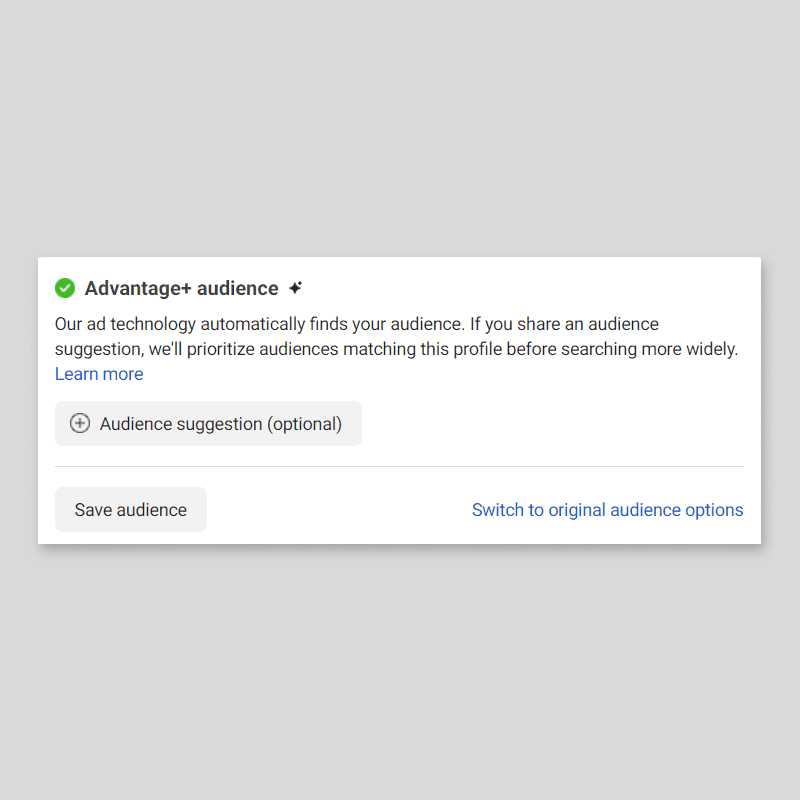
Brand safety deteriorated alongside automation acceleration. Meta's January 2025 decision to discontinue internal fact-checking in favor of "Community Notes" increases likelihood of ads appearing near controversial content. The simultaneous push for AI chat integration—where every conversation through Facebook, Instagram, Messenger, and Ray-Ban glasses feeds advertising algorithms starting December 16, 2025, with no opt-out—compounds concerns. University of Washington linguist Emily Bender warned this creates "financial incentives for Meta to keep people chatting with chatbots—to optimize on engagement, which is one of the vectors for harm."
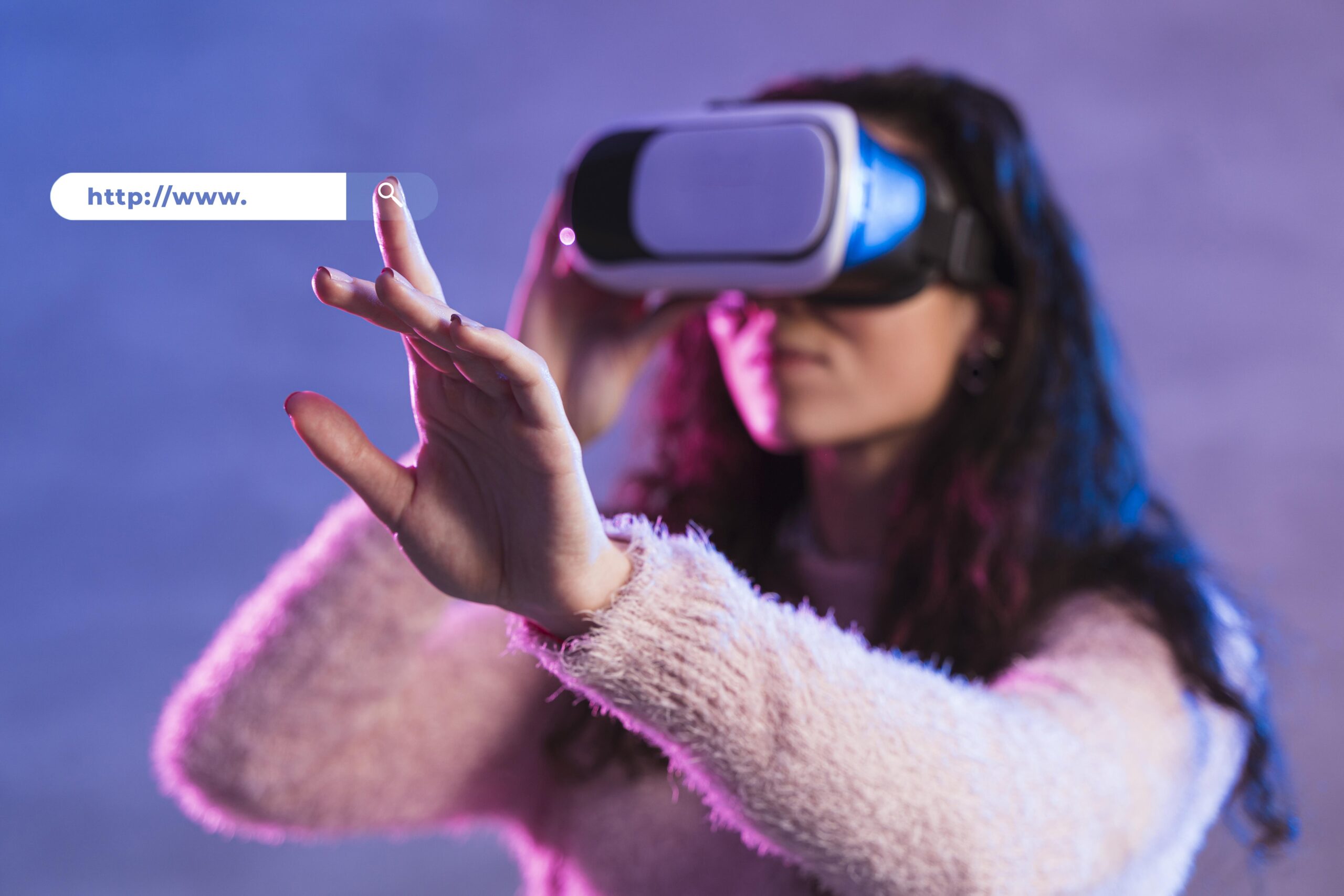
Creative quality degradation appears systematic rather than anecdotal. The Queensland Symphony Orchestra's February 2024 AI-generated advertisement featured distorted hands and uncanny valley faces, criticized as the "worst AI generated artwork" by the Media, Entertainment & Arts Alliance. Victoria's Secret created an AI Barbie-inspired campaign that the brand loved but never released due to fear of backlash. These examples illustrate the chilling effect—brands recognize AI-generated content often lacks the quality for public release, yet the systems produce it at scale.

The May 2025 Stratechery interview crystallized industry fears when Zuckerberg articulated the endgame: complete automation where businesses "connect to your bank account, you don't need any creative, you don't need any targeting demographic, you don't need any measurement, except to be able to read the results that we spit out." Anonymous agency executives told The Verge that "no clients will trust what they spit out as they are basically checking their own homework," characterizing Meta's attitude as ranging "from moderate condescension to active antagonism to 'we'll fucking kill you.'" CEO Matthias Schrader of OH-SO Digital called the vision "brutal," while Friedrich Dromm predicted "as early as 2028, there will no longer be classic advertising agencies as we know them."
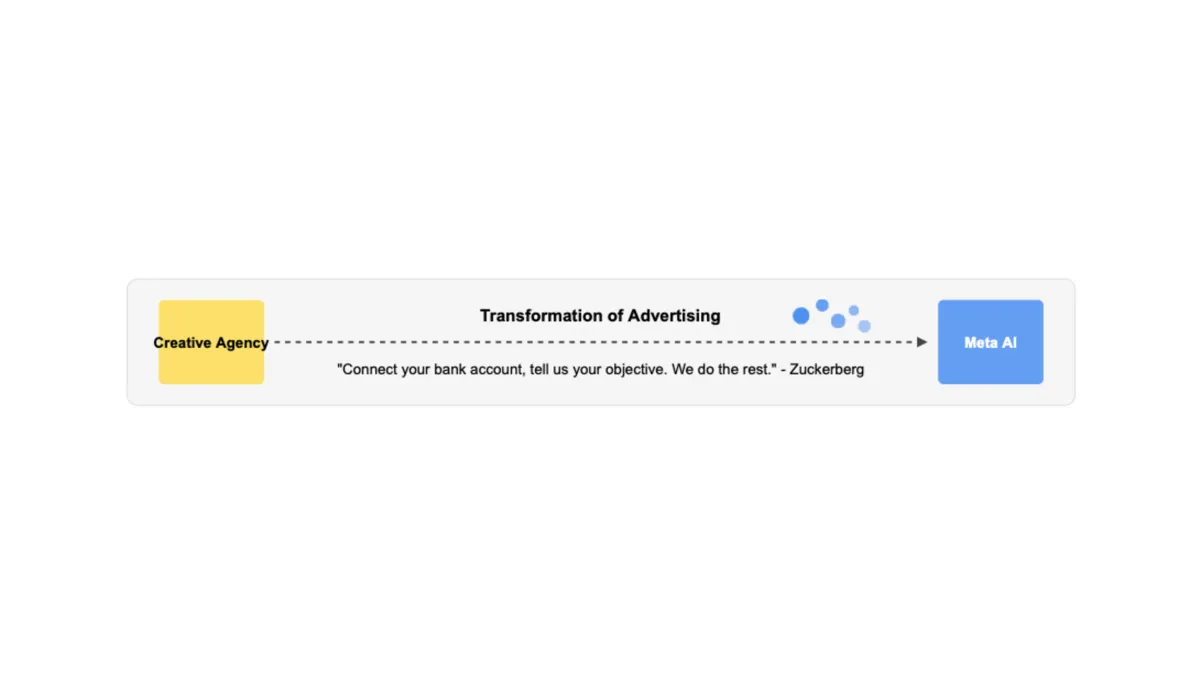
The documented risks: What actually goes wrong when AI takes control
The risks fall into five distinct categories, each validated by real-world incidents rather than hypothetical concerns.
Brand safety issues manifest when advertisers cannot control context. With automated placements across Facebook, Instagram, Messenger, Audience Network, and now Threads, ads appear in environments advertisers may not have approved. Meta's content moderation changes compound this—the shift away from fact-checking toward Community Notes means more questionable content across platforms. ExchangeWire assessed that "negative emotions undermine brand trust, brand value and brand loyalty. As anxiety, anger and sadness occupy even more of our online experiences, boosted by AI-generated content and spread by bot armies, Meta's social feeds will become a minefield for advertisers." Brands lose the ability to ensure their messages appear only in brand-appropriate contexts.

Demographic mismatches waste budgets systematically. The "64+ problem" isn't isolated—it's structural. When AI optimizes for clicks rather than qualified leads or sales from the right demographics, it naturally gravitates toward audiences that engage with ads even if they'll never convert. A direct-to-consumer brand targeting 18-24 year olds for trendy apparel may find substantial budget flowing to older users who click out of curiosity or misunderstanding. This represents fundamental misalignment between advertiser intent and algorithmic optimization.
Quality control problems emerge from removing human oversight. The system generates 150 creative combinations and decides which to show to whom, but advertisers cannot preview all variations. One product photo might be paired with inappropriate text. Background generation might create contexts that clash with brand values. Image brightness adjustments might alter product colors enough to trigger customer complaints. Without human review of every combination, quality issues slip through at scale. As SLG Agency noted in January 2025, "What kind of brand guardian is going to just wave away control of messaging and imagery for convenience sake?"
Loss of brand voice and identity occurs gradually but cumulatively. When AI generates text variations, headlines, and descriptions automatically, the unique voice that distinguishes brands dissolves into algorithmic sameness. Tom Goodwin's "average-vertising" critique captures this precisely—everything becomes competent but undifferentiated. Research cited by SLG shows direct correlation between consistency in brand assets and brand fame, with that consistency taking years to build but vulnerable to destruction by systems with "limited creative oversight." The medium-term damage may not appear in quarterly ROAS reports but materializes when brand equity erodes.
Attribution and incrementality concerns raise questions about reported performance. One incrementality test found Advantage+ generated only 17% of conversions reported by Meta's attribution—a dramatic discrepancy suggesting the system may be capturing existing demand rather than creating new demand. Backbone Media's study showed CPMs inflated 10x in February 2024 with volatile ROAS. The lack of transparency makes it impossible to diagnose whether performance drops stem from creative fatigue, audience saturation, competitive pressure, or algorithmic changes. Advertisers cannot determine true incrementality versus simply harvesting low-hanging fruit.
Harvard Business School research by Julian De Freitas identified five pitfalls specific to AI marketing automation: people blame AI first when things go wrong; when one AI fails, people lose faith in others; people place more blame on companies that overstate AI capabilities; people judge humanized AI more harshly; and people are outraged by programmed preferences. These psychological factors mean brand damage from AI failures may exceed damage from equivalent human errors.

The counterargument: Quantified benefits and success stories
Meta's performance data and independent validation present a compelling counternarrative. The company's partnership with UC Berkeley produced 2024 research showing average ROAS in the US increased to $3.71, up 12% from $3.31 in 2022, with Advantage+ Shopping Campaigns achieving $4.52 ROAS—22% higher than average. In Europe, ROAS reached €3.79, representing €107 billion in incremental revenue. Meta reports advertisers turning on Advantage+ creative features see 22% ROAS increases, while those using AI image generation see 7% conversion increases. The system's growth to a $20 billion annual run rate with 70% year-over-year growth during Q4 2024 suggests widespread satisfaction, not just marketing hype.
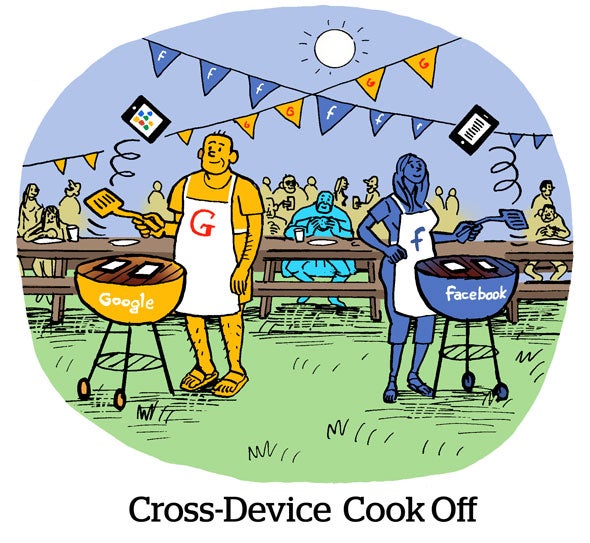
Real case studies demonstrate dramatic improvements. Seltzer Goods achieved 785% revenue increase and 9.68x ROAS over 30 days, with the campaign accounting for 25% of monthly revenue plus spillover effects including 931% increase in brand searches. A Scandiweb client in the Netherlands saw 404% revenue increase during peak season with overall ROAS exceeding 18. A DTC brand using first-party data integration saw 27% ROAS improvement and 19% CPA reduction. A large e-commerce retailer achieved 42% ROAS increase within three months using AI-driven predictive analytics. TOG24 in the UK reported 69% drop in cost per conversion and 3X ROAS using Advantage+ catalog ads. These aren't marginal gains—they're transformative results.
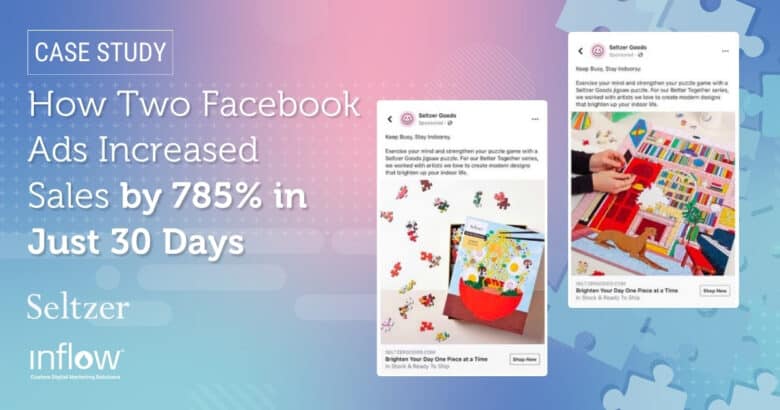
Third-party analysis supports Meta's claims. Strike Social's analysis of over 1,000 e-commerce campaigns found 44% lower cost per result with Advantage+ versus manual campaigns. The recommended approach allocates 60-70% of budget to Advantage+ with 30-40% to manual campaigns for optimal results. Morgan Stanley Research independently calculated comparative ROAS for Advantage+ and Google Performance Max, validating performance claims. Forrester Research found marketers using AI-driven tools reported 28% increase in campaign effectiveness.
The efficiency and scale arguments carry substantial weight. Advantage+ simplifies campaign structure from multiple manual campaigns to single automated campaigns, freeing marketing teams from tactical optimization to focus on strategy and creativity. Testing up to 150 creative combinations automatically eliminates months of manual A/B testing. For small and medium businesses lacking sophisticated marketing teams, access to enterprise-grade AI levels the playing field. Over 4 million advertisers now use Meta's generative AI tools—a democratization of capabilities previously available only to large brands with agency support. The time savings alone represents significant value: Meta reports cutting DSP task time by 75% through automated creative generation.
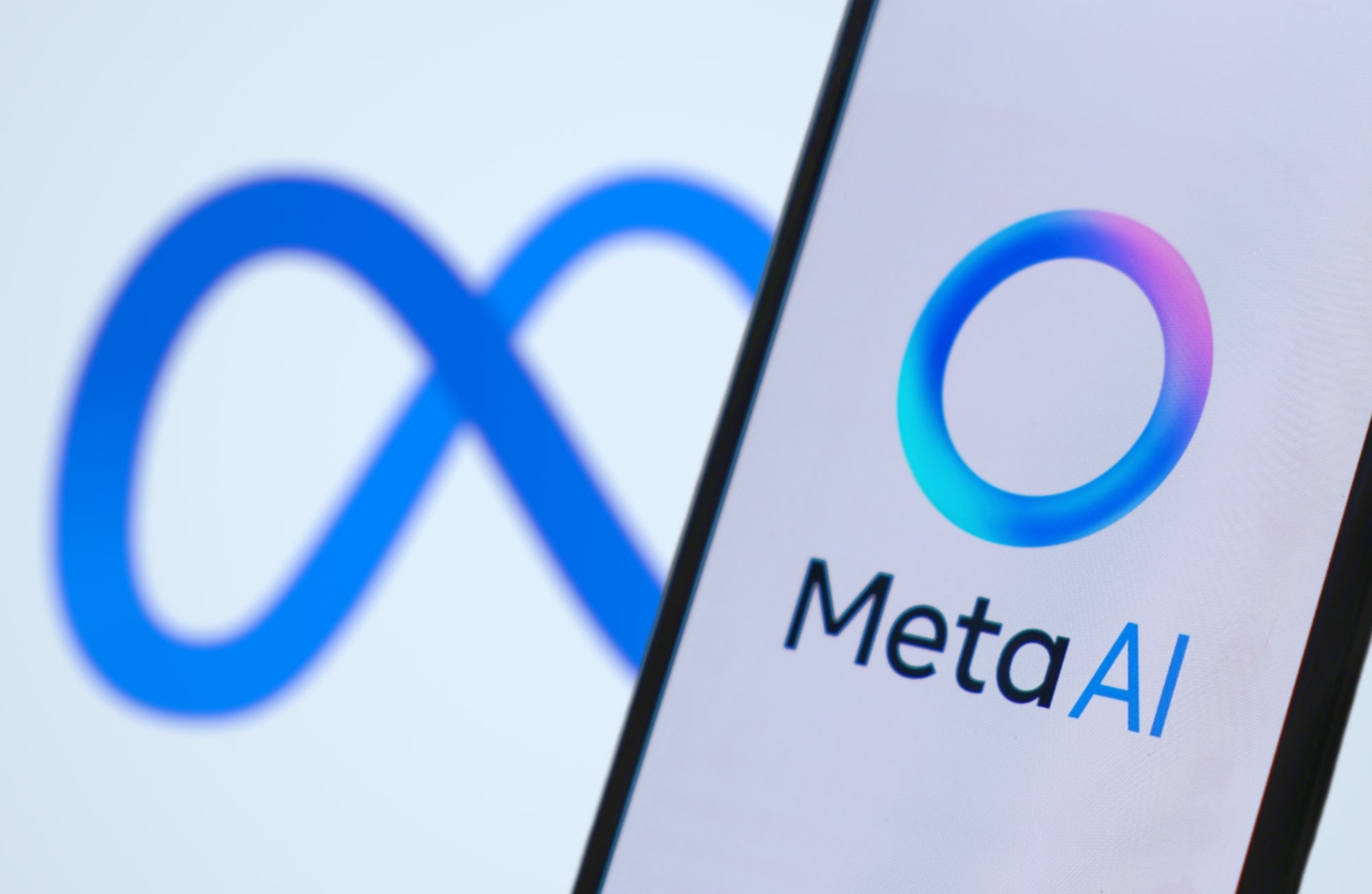
When automation works well is predictable. E-commerce and shopping campaigns with product catalogs excel because AI effectively identifies purchase-intent signals. Advertisers with sufficient conversion data (50+ conversions per week recommended) see better results as the algorithm has material to learn from. Broad targeting objectives benefit more than narrow niche targeting—the AI discovers hidden audience segments humans might miss. Dynamic creative testing performs best with multiple assets (20-50+ variations), allowing the system to find winning combinations. Mobile-first products optimize naturally for platforms where most consumption happens. Time-sensitive campaigns benefit from rapid deployment and optimization cycles.
Meta's technical infrastructure legitimately leads the industry. The Andromeda system represents genuine innovation in personalized ad retrieval, with the 10,000x increase in model capacity enabling real-time optimization at unprecedented scale. The company's $65 billion annual AI infrastructure investment exceeds many holding companies' total revenue. With 3.35 billion daily active users providing training data, Meta's machine learning models operate with signal advantages no competitor can match.
Meta's official response addresses some concerns. The company maintains advertisers can set guardrails for age, location, and budgets while benefiting from optimization. The hybrid approach recommendation—60-70% Advantage+, 30-40% manual—acknowledges value in maintaining human oversight. Performance 5 framework emphasizes measurement including A/B testing, conversion lift studies, and marketing mix modeling to validate effectiveness. Brand consistency tools launched in 2025 allow uploading brand guidelines (logos, colors, fonts) to maintain integrity across AI-generated variations.
Navigating the automation wave: Best practices for maintaining control
Industry experts converge on several essential practices for advertisers using AI automation while protecting brand interests.
Adopt gradually rather than wholesale migration. Test one Advantage+ campaign against manual setup to understand system behavior before scaling. Meta reports 9% lower cost per action with new formats, but results vary by business type, creative quality, and data infrastructure. Start with 20% budget allocation to Advantage+, analyze results, then gradually increase if performance justifies. This staged approach allows learning without risking entire marketing budgets.
Feed the AI quality data relentlessly. Meta's algorithms depend on accurate signals from Pixel and Conversions API tracking every key event—purchases, sign-ups, leads. Poor tracking produces poor optimization. Supply diverse creative assets: multiple images, videos, headlines, and descriptions give the system material to test. But critically, remove poor-performing creatives early. As industry guidance notes, "If you give Meta 1 good video and 10 bad ones, the algorithm will still blow budget testing them all." Quality input determines quality output.
Maintain hybrid campaign structures. The consensus recommendation allocates 60-70% budget to Advantage+ for proven products and broad reach, with 30-40% to manual campaigns for testing, niche targeting, and brand-building. This combination provides AI efficiency while retaining strategic flexibility. Manual campaigns serve as control groups to validate Advantage+ performance and maintain baseline competency in traditional optimization. If automation fails, teams with maintained manual skills can pivot quickly.
Simplify account structure dramatically. Consolidate campaigns with the same objective and conversion event into single campaigns. Meta's AI performs better with simplified structures that provide clear signals. One advertiser increased ROAS from 1.8 to 3.2 simply by consolidating three $50/day ad sets into a single $150/day Advantage+ campaign, eliminating internal competition between ad sets. Fewer campaigns with larger budgets exit learning phases faster and optimize more effectively.
Exercise brand safety controls rigorously. Upload brand guidelines including logos, colors, fonts, and approved messaging to Advantage+ creative tools. Use conditional logic in lead generation forms to pre-screen respondents based on answers, improving lead quality. Establish approval workflows where human reviewers check AI-generated content before publication, particularly for regulated industries or brands with strict IP requirements. Set placement exclusions for brand-inappropriate environments, accepting that this reduces automation benefits but protects brand equity.
Monitor performance metrics continuously, not passively. The "set it and forget it" promise proves false in practice. Advertisers report needing constant monitoring despite automation, with performance "working well on some days and then poorly on others." Track ROAS, cost per result, demographic breakdowns, placement performance, and creative fatigue indicators. Set up automated alerts for anomalous spending or CPM spikes. Budget protection mechanisms can't prevent all issues—human oversight catches problems algorithms miss.
Prioritize creative excellence as the key differentiator. With targeting, bidding, and placement increasingly commoditized by automation, creative becomes the primary competitive advantage. Meta's system optimizes delivery but cannot create compelling concepts. Focus resources on developing strong hooks in the first three seconds of video, testing different content angles beyond just offers, and producing multiple concepts with various formats per concept. Feature authentic scenes rather than stock photos. Match messaging precisely to landing pages to improve quality scores.
Test incrementality explicitly, don't trust platform attribution alone. Run conversion lift studies, holdout tests, and geo experiments to validate that Advantage+ generates truly incremental sales rather than harvesting existing demand. The documented gap between Meta's reported attribution and incrementality test results (17% actual vs. 100% reported in one case) demands independent verification. Use marketing mix modeling for longer-term validation of channel contribution.
Maintain optionality and avoid platform lock-in. Develop competency across multiple platforms—Google, TikTok, Amazon, LinkedIn—so if one platform's automation deteriorates or becomes unaffordable, alternatives exist. Document processes for migrating campaigns quickly. Maintain first-party data infrastructure independent of any platform. Build brand awareness through owned channels, organic social, PR, and content marketing so advertising supplements rather than entirely drives customer acquisition.
Platform wars: How Meta's approach compares to Google, TikTok, and others
The AI advertising automation wave extends across all major platforms, with instructive differences in philosophy and execution.
Google Performance Max represents the closest parallel to Meta Advantage+, launched earlier in 2021 and becoming mandatory by 2022 when Google retired Smart Shopping and Local campaigns. PMax runs ads across Search, Shopping, YouTube, Gmail, Display, and Discover with automated targeting, placements, and creative assembly. Tom Goodwin grouped PMax with Advantage+ as examples of problematic automation, and industry analysis reveals why: the "blackest black box" characterization stems from minimal visibility into search queries triggering ads, placement details, or budget allocation logic.
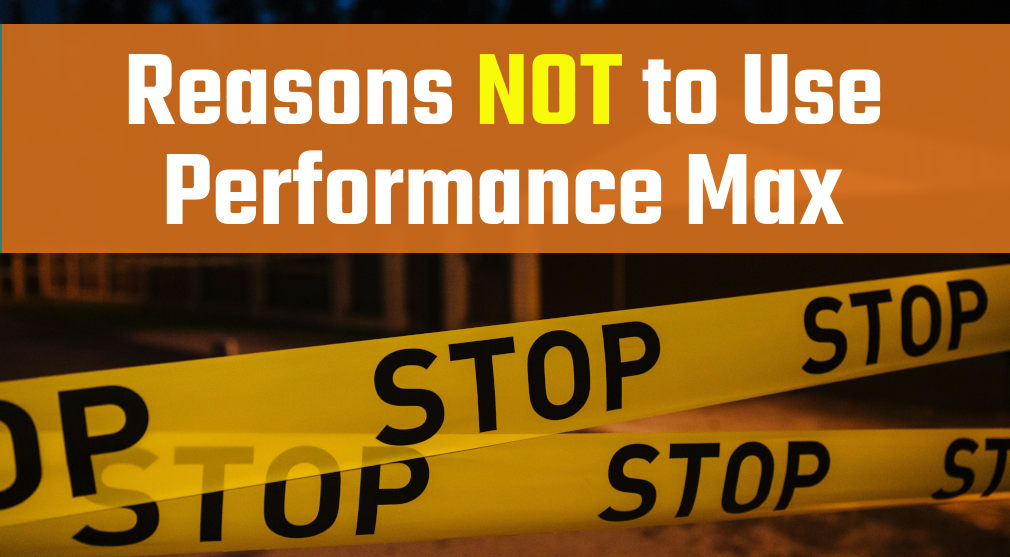
Performance Max suffered similar credibility problems in 2024-2025. Google Shopping expert Kirk Williams stated "Has PMax jumped the shark? IMO, it has. We've never seen PMax perform consistently worse than it has moving into 2025." Documented issues include branded search cannibalization (spending on brand terms advertisers don't want), display ads on low-quality sites created solely for ad revenue, bot-driven clicks and fake conversions, and geographic targeting failures. The negative keywords crisis—Google limited advertisers to 100 keywords per campaign with Display Network and YouTube completely unprotected—parallels Meta's removal of detailed targeting exclusions.
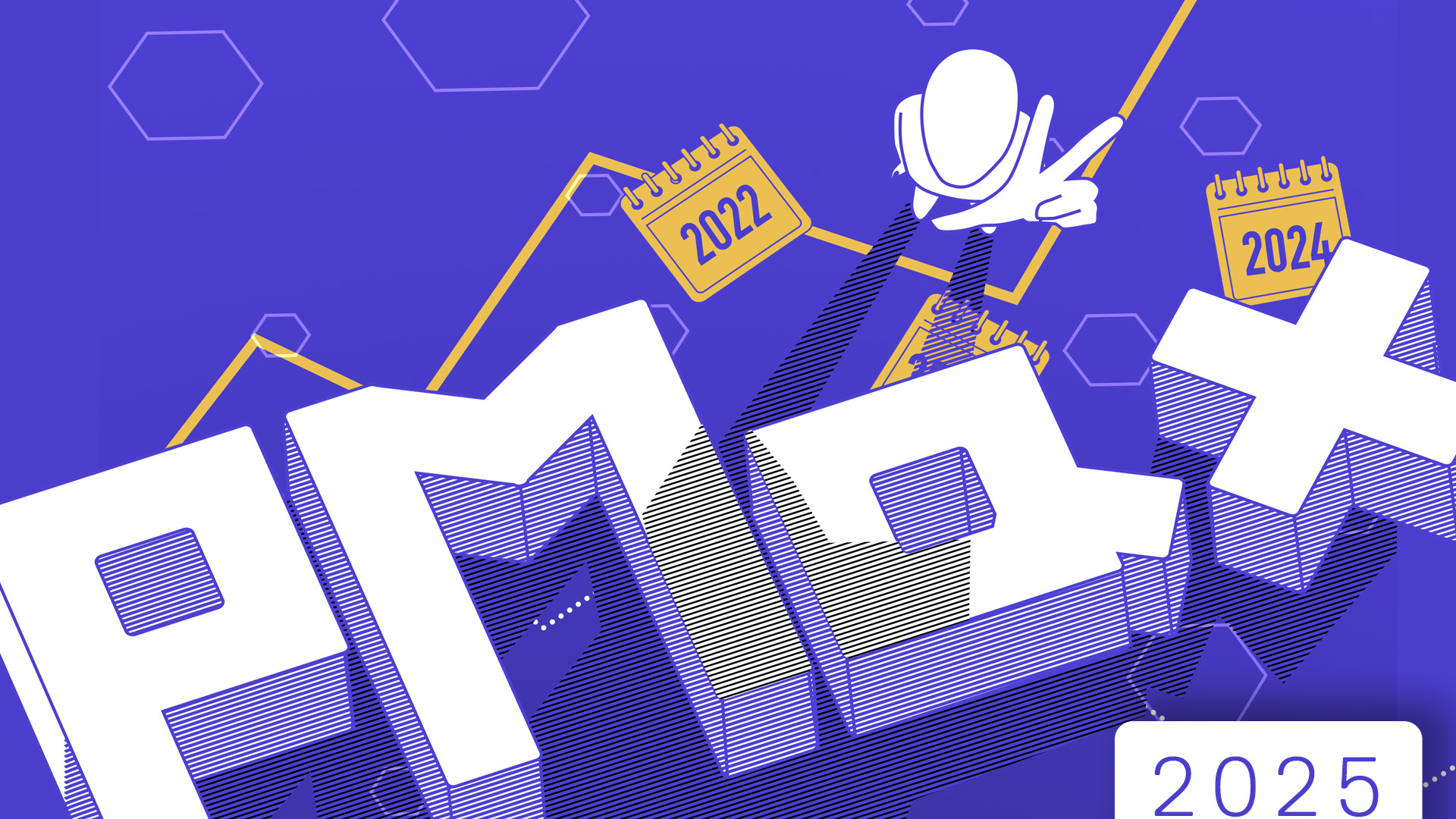
The strategic distinction between platforms shapes use cases. Google PMax captures intent—people actively searching for solutions—making it optimal for bottom-of-funnel traffic. Meta Advantage+ builds demand—reaching people before they're searching—making it stronger for top- and mid-funnel engagement. Industry consensus recommends using both platforms strategically: Google for conversion of existing intent, Meta for awareness and consideration. When used together, they cover the full buyer journey.
TikTok entered the automation race in 2024 with Smart+ campaigns (launched October 7, 2024) and GMV Max for TikTok Shop. Smart+ automates creative development, targeting, and optimization similarly to Advantage+, though with more flexibility to use features selectively. GMV Max focuses specifically on maximizing gross merchandise value for e-commerce. TikTok's president of global business solutions Blake Chandlee claimed "with the advent of Smart+, the gap will close almost entirely with Meta," positioning TikTok's automation on parity with industry benchmarks. Early results show promise—Ray-Ban's beta campaign slashed cost per acquisition by 50%—though the platform's smaller scale (expected $28.42 billion 2025 ad revenue versus Meta's $173.92 billion) limits market impact.
TikTok's differentiation centers on creative-first environment and younger demographics. The platform emphasizes authentic, entertainment-focused content over polished advertising. Symphony AI assists with script writing and video production specifically for TikTok's vertical video format. For brands targeting Gen Z and millennial audiences comfortable with TikTok's aesthetic, Smart+ offers an alternative to Meta's ecosystem.
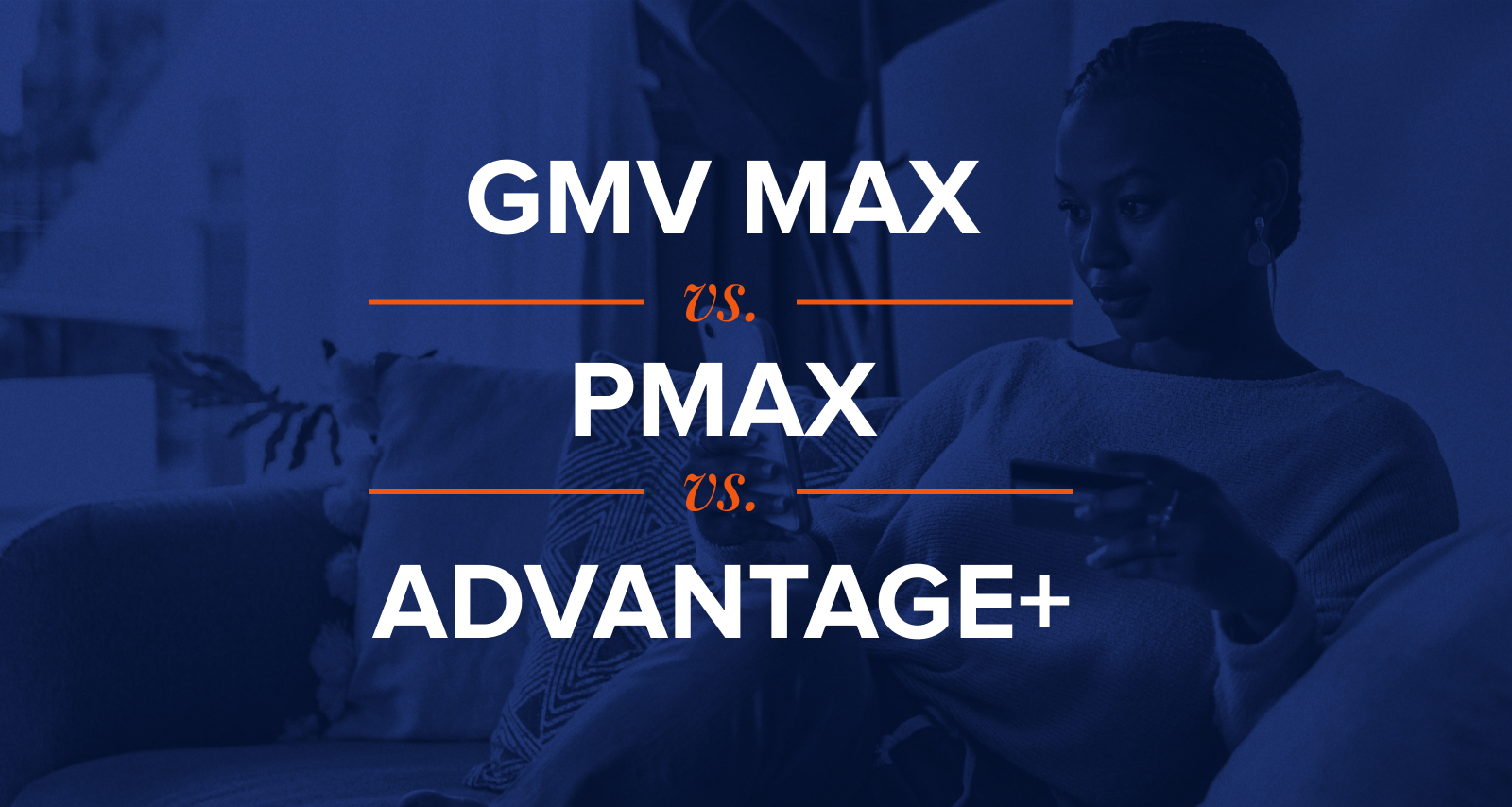
Amazon's approach with Performance+ (announced at unBoxed 2024) and Amazon Marketing Cloud emphasizes commerce intent and purchase data. Performance+ automates audience building and optimization while Ads Data Manager integrates data seamlessly across Amazon's ecosystem. The distinction lies in capturing shoppers already in purchase mode on an e-commerce platform. Amazon's AI tools particularly benefit brands with significant Amazon presence, leveraging shopping behavior data for targeting precision.
LinkedIn has not launched an equivalent fully automated campaign type, instead incorporating AI into existing tools like Matched Audiences and Dynamic Ads. The B2B focus and higher-value, lower-frequency purchases make full automation less suitable—complex buying committees and long sales cycles require strategic messaging difficult to fully automate. LinkedIn's 2024-2025 algorithm changes prioritized video content and shifted toward an advertising-first model, but retained more manual controls than peers.

The industry trend is unmistakable: every major platform is pushing toward AI-powered automation as the default advertising model. Google started with UAC in 2015, Meta launched Advantage+ in 2022, TikTok introduced Smart+ in 2024, and even Amazon and Pinterest have similar initiatives. The commonality reveals platform incentives—automation enables monetizing all inventory including lower-quality placements, simplifies onboarding for small advertisers expanding market size, and increases platform control over campaign decisions reducing advertiser ability to comparison-shop.
The "black box" problem persists universally. AdExchanger characterized both Google PMax and Meta Advantage+ as offering unprecedented self-control to platforms with lack of analytics or creative insights for advertisers. The consistent choice advertisers face across platforms: accept reduced transparency and control in exchange for promised efficiency gains, or maintain manual campaigns with greater visibility but higher management overhead and potentially weaker performance.
The future: Coexistence, not conquest
The Meta AI advertising controversy reveals a fundamental tension unlikely to resolve cleanly. The quantified benefits are real—22% ROAS improvements, 44% lower costs per result, $20 billion in annual run rate growth. Small businesses particularly benefit from accessing sophisticated optimization previously available only to large advertisers with agency support. The technical innovation is legitimate, with Andromeda representing genuine advancement in machine learning capabilities.
Yet the criticisms are equally valid. Documented failures demonstrate automation can fail catastrophically. The "black box" problem removes advertiser agency and makes diagnosis impossible when performance drops. Creative quality suffers when optimization algorithms prioritize clicks over brand building. Demographic targeting breaks when AI pursues wrong objective functions. The removal of manual alternatives and forced adoption through default settings reveals platform power dynamics where advertiser interests may diverge from platform interests.
The optimal path forward combines automation with oversight, not wholesale surrender. The hybrid approach—60-70% budget to Advantage+ for efficiency, 30-40% to manual campaigns for control—provides benefits of both models. Brands that succeed will master when to trust automation (broad e-commerce campaigns with strong creative and sufficient data) and when to maintain control (brand building, niche targeting, regulated industries). They'll feed AI systems quality inputs while maintaining human review of outputs. They'll test incrementality rather than trusting platform attribution alone.
The advertiser's dilemma persists: automation improves efficiency but reduces control, and once manual capabilities atrophy, dependence on platform algorithms becomes structural. The industry consensus emerging from 2024-2025 experience suggests neither fully embracing nor entirely rejecting AI automation, but rather developing sophisticated capabilities in working alongside these systems. As Tom Goodwin warned, "if AI does our jobs, it's because we made our jobs really stupid and removed all the human elements from them." The marketers who thrive will be those who use AI as a tool while maintaining the strategic thinking, brand stewardship, and creative excellence that machines cannot replicate.
Mark Zuckerberg's vision of complete automation where businesses only "connect to your bank account" likely represents overreach. The backlash from agencies and brands indicates limits to what the market will accept. But the direction is clear—automation will continue expanding, platforms will continue pushing it as default, and advertisers who cannot adapt will struggle. The controversy around Meta's approach serves as early warning system for the broader transformation of digital advertising into an AI-mediated industry where human judgment remains essential but increasingly operates at strategic rather than tactical levels.
Executive Summary
Bottom Line: Meta's Advantage+ AI advertising system delivers measurable performance gains (22% ROAS improvements, $20B annual run rate) but at the cost of transparency, creative quality, and brand control. The optimal strategy combines AI automation (60-70% budget) with manual campaigns (30-40% budget) rather than wholesale surrender to algorithmic control.
Key Findings:
- What's Working: E-commerce advertisers with strong creative and sufficient data see 44% lower costs and dramatic ROAS improvements
- What's Broken: Documented demographic mismatches, budget catastrophes (budgets depleted in hours), and "average-vertising" that sacrifices brand differentiation
- The Trade-off: Efficiency and scale versus transparency and strategic control
- Industry Consensus: Hybrid approach combining automation with human oversight, not full automation
Subscribe PPC Land newsletter ✉️ for similar stories like this one. Receive the news every day in your inbox. Free of ads. 10 USD per year.
Timeline: Meta's March Toward Full Automation
2022
- August 2022: Advantage+ Shopping Campaigns launched as optional automation feature responding to iOS 14.5 privacy changes
2023
- Throughout 2023: Gradual expansion of Advantage+ to more campaign objectives
- Advantage+ creative enhancements introduced with automatic variation generation
2024
- January 2024: Detailed targeting exclusions removed entirely; expansion became mandatory for certain objectives
- February 14, 2024: Valentine's Day budget catastrophe - Meta spent 75% of daily budgets in hours with 10x CPM inflation
- April 23, 2024: Major incident - entire daily budgets depleted in hours across thousands of accounts
- May 2024: Industry experts begin vocal criticism; Tom Goodwin delivers "average-vertising" warning
- September 2024: Goodwin's ADMA Global Forum keynote intensifies debate
- December 2024: Andromeda AI engine breakthrough enables 10,000x model capacity increase
2025
- January 2025: Meta removes fact-checking in favor of Community Notes, raising brand safety concerns
- February 2025: "Streamlined campaign setup" makes Advantage+ the integrated default (not opt-in)
- May 2025: Zuckerberg describes full automation vision: "connect to your bank account, you don't need any creative"
- October 2025: Over 1 million advertisers using AI tools; 70% YoY growth in Advantage+ campaigns


